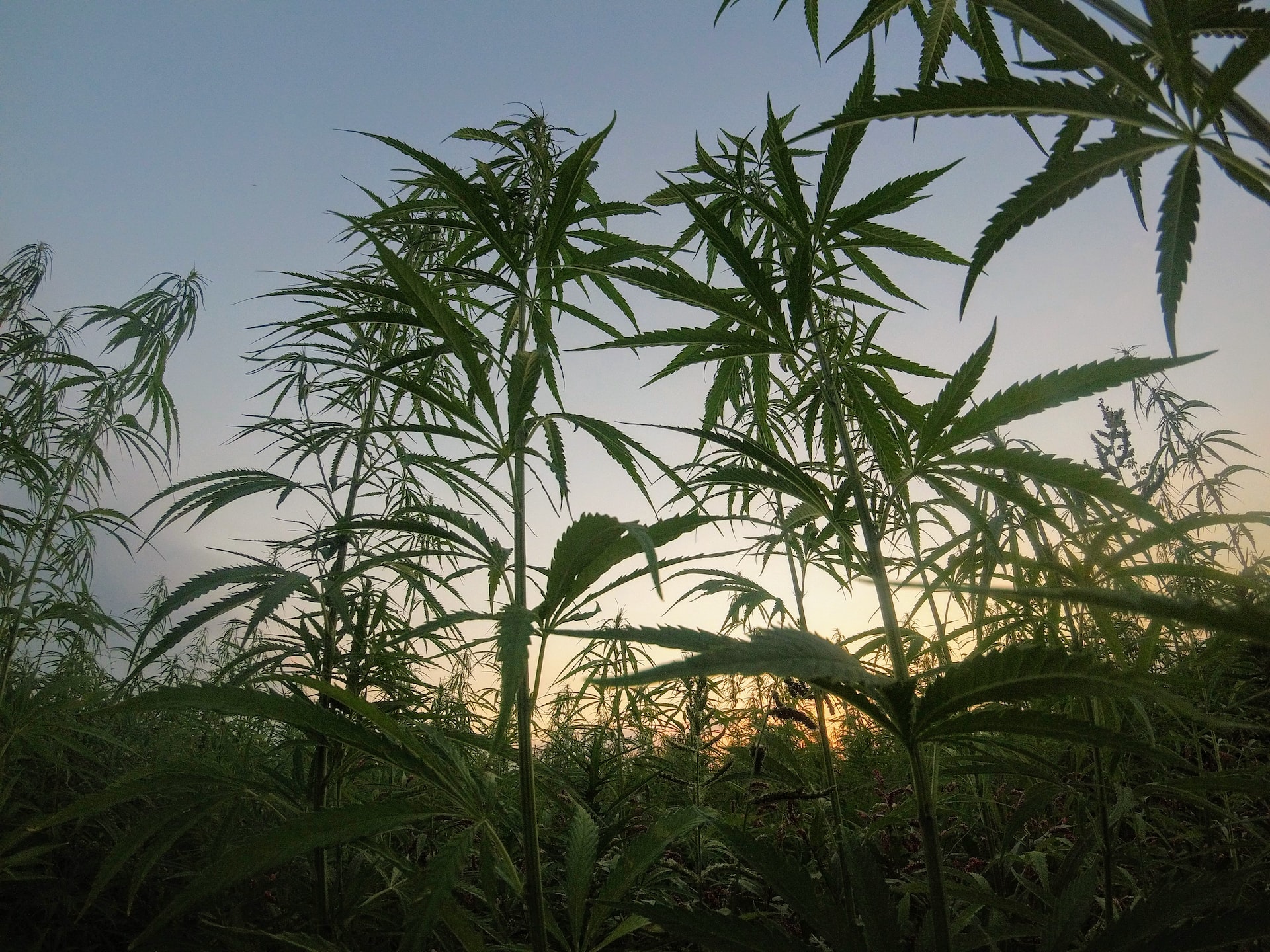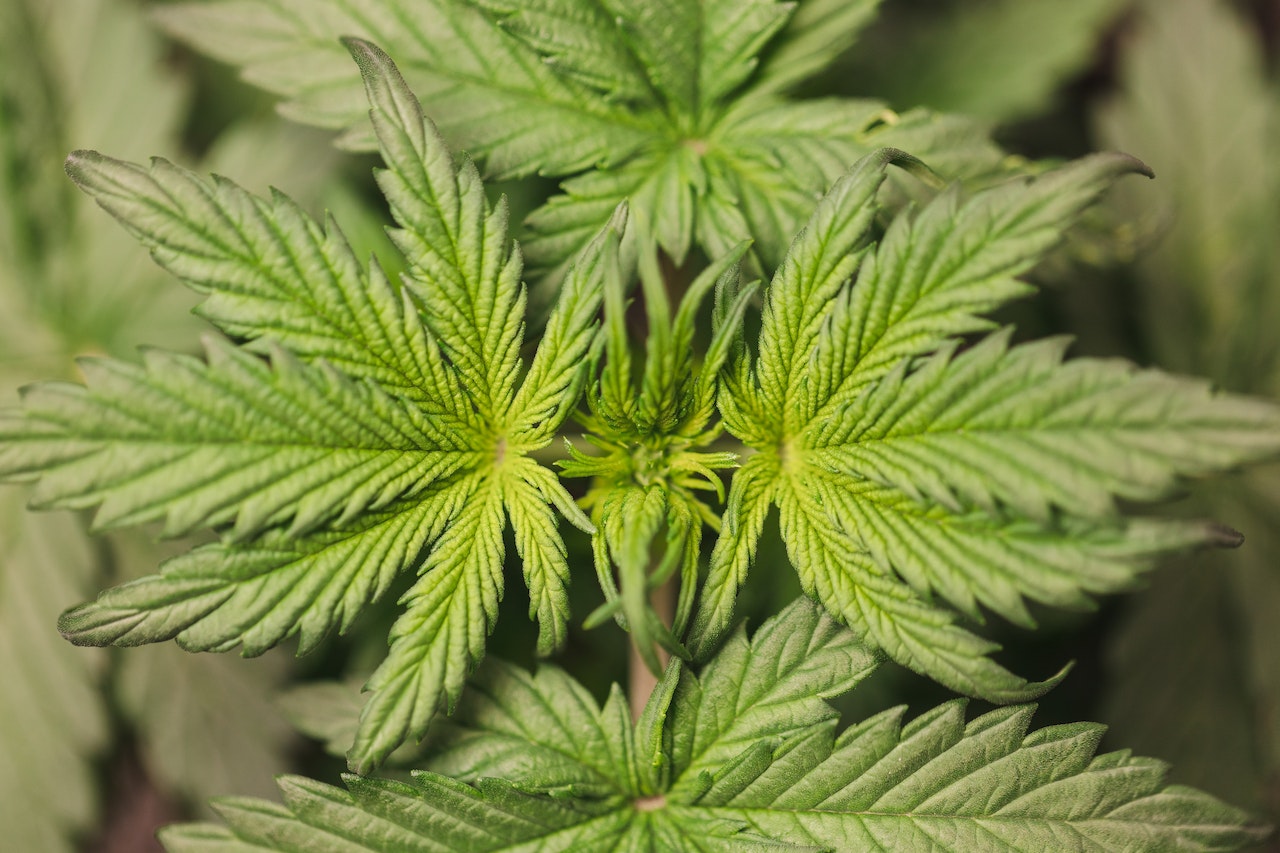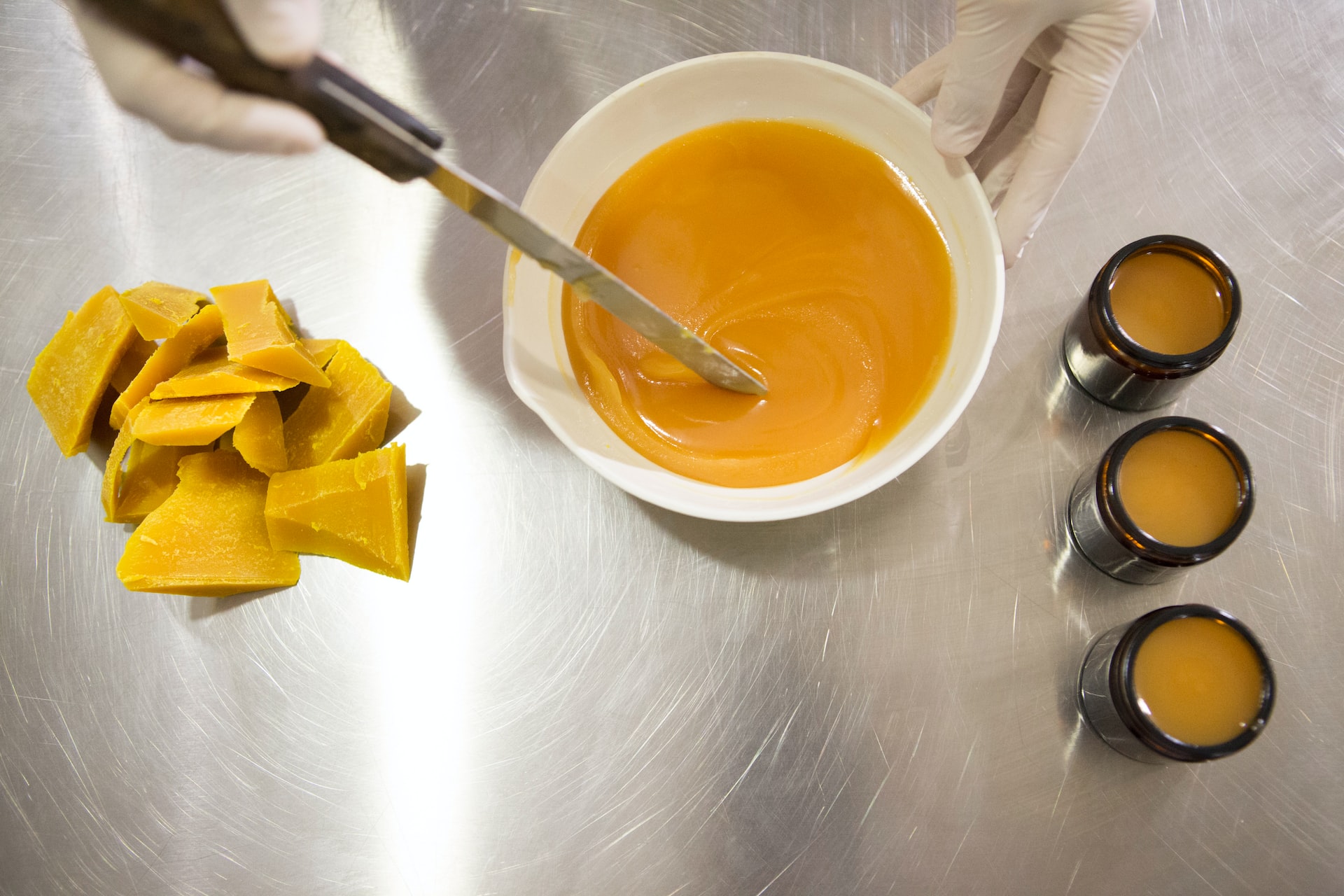Seven Ways To Use Leftover Trim
Posted by Tom's Tumbler on Sep 8th 2022
Many growing tasks leave behind byproducts. Field leftovers are much like yard waste, with leaves and stems in all conditions, and some growers struggle with the problem of what to do with trim leaves, stems, and waste, while others have learned how to deal profitably with the byproducts of bud farming.
While some people throw these vegetable discards away during regular cleaning, crafty individuals have turned this scrap into profit. Here are some suggestions for what to do with trim leaves, stems, and buds.

What To Do With Leftover Leaves and Stems
Leftovers from bud farming can be used in edibles or as topicals. If you plan to use your leftovers for either of these purposes, make sure to decarboxylate it first.
How To Decarboxylate
Decarboxylation prepares bud for use in products like cannabutter and lotions. It transforms active compounds and kills random spores and bacteria. This procedure is for dry bud and can be done in the average kitchen oven.
- Preheat the oven to 240 degrees Fahrenheit.
- Spread your trim evenly on a baking sheet. If it’s powder-like, give it a consistent depth of about ⅛- to ¼-inch. If the material is chunky, break it into smaller pieces of similar size.
- Bake for about 40 minutes.
Decarbed bud feels dry and is medium or light brown.
What To Do With Trim Leaves That Are Fresh
Hemp trim can be vegetarian-friendly, natural, and organic. Well-watered and picked at their prime, fan leaves are abundant in vitamins and minerals.
Eat It
Food quality trim can be a salad-worthy vegetable. Some people eat fresh fan leaves raw. Decarboxylation is not required; just a good wash.
Leafy trim that’s not salad-worthy, along with trim collected from processing activities, can make good ingredients for gummies, fudge, cannabutter, and more. Decarboxylate first!

Drink It
Some people make juice from fan leaves. Extraction takes place the same way as with any other green, leafy vegetable. Hemp juice is strong-tasting and bitter, and best used sparingly or with other products to mask its taste.
If your leftover leaves and stems are dry, and you’re wondering what to do with them, consider brewing tea.
What To Do With Trim Leaves That Aren’t So Fresh
Farms produce a lot of biomass, and those piles of trash leaves might make a useful product.
Press It
If your farm accumulates a lot of leafy field trim, you might try a rosin press or other suitable extractor. Leafy field trim doesn’t usually contain much rosin, but a large quantity can make up for this.
Burn It
Dry field trim can be pressed into pellets and burned. It’s a good option if you need something to do with leftover leaves and stems that may be contaminated with fertilizer or dirt. All you need is a pellet press and a furnace that can burn pelletized fuel.
What To Do With Trim Leaves From Processing
Scrap from tumbling, manicuring, and other processes represent a different quality trim. It can accumulate even in the most carefully controlled facility.
Smoke It
Trim from certain production processes can be perfect for smoking, so try adding it to herbal smoking mixtures. This might make a profitable seasonal product.
Spread It On Your Skin
Oil extracted from processed trim can be a good ingredient for salves and balms. De-leafed stalks and branches work great for this purpose.

To collect hemp oil for use in lotions and ointments, place your trim in an urn or jar and cover it with any high-quality oil suitable for human skin. Olive oil works fine. Put the loosely covered jar in a pan of warm water and steep for several hours. Strain the results.
This kind of hemp oil can be used in ointments, salves, lotions, and similar products. Keep it out of the sun in a cool, dark place and it should last for weeks.
What To Do With Trim Leaves That Are Beyond Saving
Some trim can’t be used for anything. Return it to the Earth.
Compost It
Composting offers a sustainable path that can reduce the need for fertilizer and reduce waste management overhead.
Compost hemp like any other plant waste. Keep it moist, turn it regularly, and add new materials now and then. Large, well managed compost heaps can provide a source of heat in the winter, giving your facility an opportunity to lower fuel bills.
Every farm operates a little differently. If these ideas for what to do with trim leaves aren’t right for you, seek further inspiration by studying topics like sustainable agriculture, green living, and green lifestyles. New uses for hemp are discovered all the time. You could make the next breakthrough!

